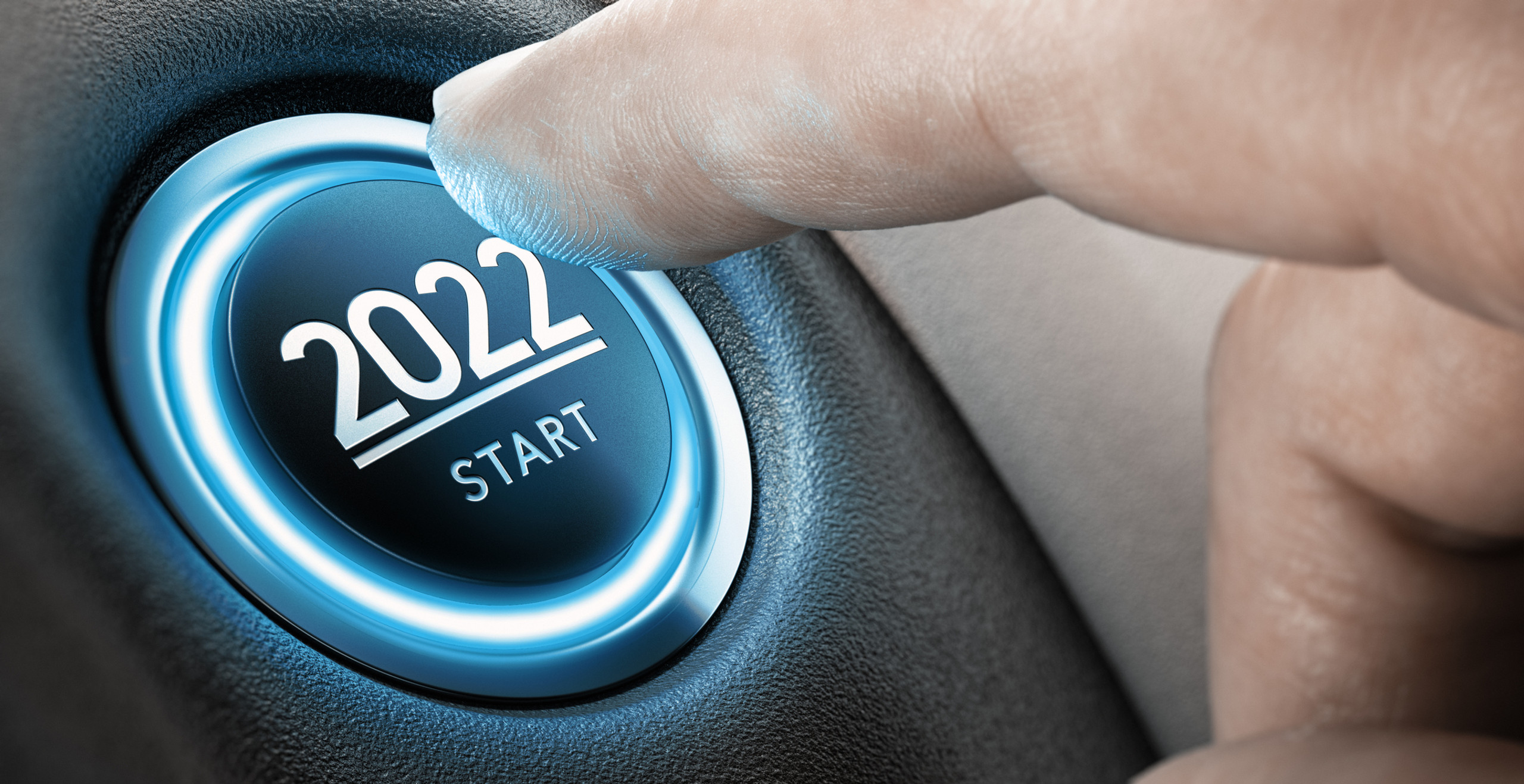Everyone is talking about behavior change right now and for good reason. People are motivated!
Excited!
SOOO EXCITED!!!!
And there is no reason to make fun of or blunt that excitement.
Let’s hone it and see what we can make stick this year.
Below are my Top Eight Tactics for Behavior Change:
1. The Fresh Start Effect
Mondays, moving to a new city, and New Years are all very prototypical and potentially powerful Fresh Starts. We like them and they can increase our motivation and New Year’s resolutions are probably a lot more successful than most people think!
But, there is a downside to Fresh Starts and that is something we have all likely experienced…not doing anything on Sunday because Monday is coming.
So if you are reading this and are feeling motivated by all the New Years energy…Get after it.
And if you are already thinking you missed the boat on 2022 and might as well wait until 2023 that is your mind playing evolutionary procrastination tricks on you. Don’t fall for it. Plan and Act now.
2. Commitment Devices
You have probably seen these popping up on your feed of late. These can take the form of public pledges or even written contracts with cosigners. They are a pact with yourself or others to do the thing you want to do and they seem to be helpful in increasing our commitment to a new behavior. There are even websites like stickk.com and beeminder.com that make creating commitment devices easier and can they can also keep you from going back on your commitment.
3. Setting Timely Reminders
Who doesn’t love a message at exactly the right time? Did you remember to buy toilet paper? Nope I didn’t, but I am in the aisle over.
Crisis averted.
There is also some literature that reminders which consistently convey and remind us how this behavior will be of benefit to us may be the most helpful.
Everyone is different, but having individualized, timely, and specific reminders is likely going to be more effective. For example, “this is your reminder to go to the gym at 5:30pm today because you want to be able to pick up your grandchildren in your 80s.”
4. Habit Stacking
This one is probably the strategy I use most often as a coach. I want to attach a new behavior to something someone already does in their daily life. You could think of Habit Stacking as when I do this…I will also do this.
When I wake up in the morning I will put on my shoes and go for a 20 minute walk.
When I go to the bathroom I will drink 20 ounces of water. This tactic is all about anchoring a current cue to the new new thing you want to do.
“Studies that track behavior in daily-life consistently find that past behavior frequency predicts the probability of repeating the same behavior in the future…Accordingly, behaviors performed in the same context eventually become associated with contextual cues (e.g., studying after class). Upon forming this association, mere exposure to the cue (e.g., finishing class) provides sufficient cause for the associated behavior.” -Williamson et al., 2021
5. Temptation Bundling
This is a version of habit stacking where you attach something you like to a behavior you want to do. It can work really well, but I don’t like to use it with food because it can lead to some odd reward/cheat psychology that I believe can be unhelpful in the long-term.
However, I love temptation bundling for steady state movement and getting our steps in. For example, I will only watch my overly indulgent Netflix show while I am on the elliptical or I will listen to my favorite podcast while I go for a walk.
6. Gamification
This is built into most new-age activity trackers and these types of games for movement do seem to be quite effective. However, I would highly advise using the strategies above to figure out how you can best hit the goals of your personal game before gamifying it. AKA I wouldn’t solely rely on gamification.
To me gamification without a solid plan, sounds pretty annoying. However, once you are successful…aim for streaks.
We don’t like losing things and streaks are a way to gamify and hold ourselves accountable...to ourselves. My current goal is pretty wild. I want to hit at least 4,000,000 steps per year forever. In 2021, I hit 4,966,896 and the year before that I hit 4,754,234. From a gamification standpoint, I don’t really care about beating those numbers…but I absolutely do not want to break my current streak.
7. Nudge Your Environment
This revolves around making it easier to do the thing you want to do.
If you want to drink more water…have water everywhere.
If you want to eat more fruits and vegetables put them front and center in your refrigerator. The flipside of this can also be helpful, if you want to eat less processed food decreasing the ease of access and limiting stockpiling can decrease your consumption without having to actively think about refraining.
8. Repeat Drilling…To Create Routines
Ultimately, I think this last one is the most important because I don’t actually want my clients to have 75 reminders dinging for every little thing they “need” to do.
I don’t want my clients to have to lifehack their way through every Tuesday.
The point of all these behavior change tips and tricks is to create habits and routines that you don’t have to think about.
Something that takes no extra effort.
It just becomes what you do.
Automatic.
It is highly individual and nuanced on how long it takes to form a habit, but one thing we do know is that repeating a behavior over and over seems to be the recipe for success.
Also, it is good to remember that “the establishment of a routine for long-term adherence is more important than perfect adherence in the short term.” – Arlinghaus et al., 2019
We all want to win the day and I think it is absolutely important to string together consistent wins, but it is likely equally important to honor that that the ultimate goal is to win the month, the year…the decade and on those time scales we will have days where we lose…but how will be bounce back?
How can we use these tools and strategies to problem solve and get back on track with productive habits and routines that bring us closer to our long-term goals and values.
If you are really into the Goal Setting and Long-Term Behavior Change topic you can check out this freely available presentation HERE.
There is also a fantastic free article by Dr. Eric Trexler of Stronger By Science HERE and if you are super nerdy and like surfing the more sciencey literature HERE and HERE are two of my favorite open-access articles.
#GIVEAFIT

REFERENCES:
1. Oscarsson, M., et al., A large-scale experiment on New Year's resolutions: Approach-oriented goals are more successful than avoidance-oriented goals. PLoS One, 2020. 15(12): p. e0234097.
2. Dai, H. and C. Li, How experiencing and anticipating temporal landmarks influence motivation. Curr Opin Psychol, 2019. 26: p. 44-48.
3. Dai, H., et al., Effectiveness of Medication Adherence Reminders Tied to "Fresh Start" Dates: A Randomized Clinical Trial. JAMA Cardiol, 2017. 2(4): p. 453-455.
4. Dai, H., K.L. Milkman, and J. Riis, Put Your Imperfections Behind You: Temporal Landmarks Spur Goal Initiation When They Signal New Beginnings. Psychol Sci, 2015. 26(12): p. 1927-36.
5. Beshears, J., et al., Using Fresh Starts to Nudge Increased Retirement Savings. Organ Behav Hum Decis Process, 2021. 167: p. 72-87.
6. Duckworth, A.L., T.S. Gendler, and J.J. Gross, Situational Strategies for Self-Control. Perspect Psychol Sci, 2016. 11(1): p. 35-55.
7. Duckworth, A.L., K.L. Milkman, and D. Laibson, Beyond Willpower: Strategies for Reducing Failures of Self-Control. Psychol Sci Public Interest, 2018. 19(3): p. 102-129.
8. Duckworth, A.L. and J.J. Gross, Behavior Change. Organ Behav Hum Decis Process, 2020. 161(Suppl): p. 39-49.
9. Fry, J.P. and R.A. Neff, Periodic prompts and reminders in health promotion and health behavior interventions: systematic review. J Med Internet Res, 2009. 11(2): p. e16.
10. Buchholz, S.W., et al., Physical activity text messaging interventions in adults: a systematic review. Worldviews Evid Based Nurs, 2013. 10(3): p. 163-73.
11. St Quinton, T., et al., Promoting physical activity through text messages: the impact of attitude and goal priority messages. Health Psychol Behav Med, 2021. 9(1): p. 165-181.
12. Williamson, L.Z. and B.M. Wilkowski, What we repeatedly do: Evaluating the determinants and consequences of habit enactment during daily goal-pursuit. Br J Psychol, 2021.
13. Neal, D.T., et al., How do habits guide behavior? Perceived and actual triggers of habits in daily life. Journal of Experimental Social Psychology, 2012. 48(2): p. 492-498.
14. Neal, D.T., W. Wood, and J.M. Quinn, Habits—A Repeat Performance. Current Directions in Psychological Science, 2006. 15(4): p. 198-202.
15. Mamede, A., et al., Combining Web-Based Gamification and Physical Nudges With an App (MoveMore) to Promote Walking Breaks and Reduce Sedentary Behavior of Office Workers: Field Study. J Med Internet Res, 2021. 23(4): p. e19875.
16. Mazeas, A., et al., Evaluating the Effectiveness of Gamification on Physical Activity: Systematic Review and Meta-analysis of Randomized Controlled Trials. J Med Internet Res, 2022. 24(1): p. e26779.
17. Shameli, A., et al., How Gamification Affects Physical Activity: Large-scale Analysis of Walking Challenges in a Mobile Application. Proc Int World Wide Web Conf, 2017. 2017: p. 455-463.
18. Hollands, G.J., et al., Altering the availability or proximity of food, alcohol, and tobacco products to change their selection and consumption. Cochrane Database Syst Rev, 2019. 8: p. CD012573.
19. Poelman, M.P., et al., Behavioural strategies to control the amount of food selected and consumed. Appetite, 2014. 72: p. 156-65.
20. Vadiveloo, M., H. Parker, and H. Raynor, Increasing low-energy-dense foods and decreasing high-energy-dense foods differently influence weight loss trial outcomes. Int J Obes (Lond), 2018. 42(3): p. 479-486.
21. Raynor, H.A. and M. Vadiveloo, Understanding the Relationship Between Food Variety, Food Intake, and Energy Balance. Curr Obes Rep, 2018. 7(1): p. 68-75.
22. Cavallo, D.N., M. Horino, and W.J. McCarthy, Adult Intake of Minimally Processed Fruits and Vegetables: Associations with Cardiometabolic Disease Risk Factors. J Acad Nutr Diet, 2016. 116(9): p. 1387-1394.
23. Bucher, T., et al., Nudging consumers towards healthier choices: a systematic review of positional influences on food choice. Br J Nutr, 2016. 115(12): p. 2252-63.
24. Forberger, S., F. Wichmann, and C.N. Comito, Nudges used to promote physical activity and to reduce sedentary behaviour in the workplace: Results of a scoping review. Prev Med, 2021. 155: p. 106922.
25. Forberger, S., F. Wichmann, and C.N.N. Comito, Using nudges to promote physical activity and to reduce sedentary behaviour in the workplace: a scoping review protocol. BMJ Open, 2020. 10(11): p. e038205.
26. Arlinghaus, K.R. and C.A. Johnston, The Importance of Creating Habits and Routine. Am J Lifestyle Med, 2019. 13(2): p. 142-144.
27. Lally, P., How are habits formed: Modelling habit formation in the real world. European Journal of Social Psychology, 2009.
About Author: Mario Mendias





